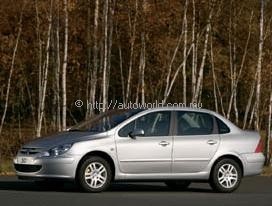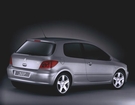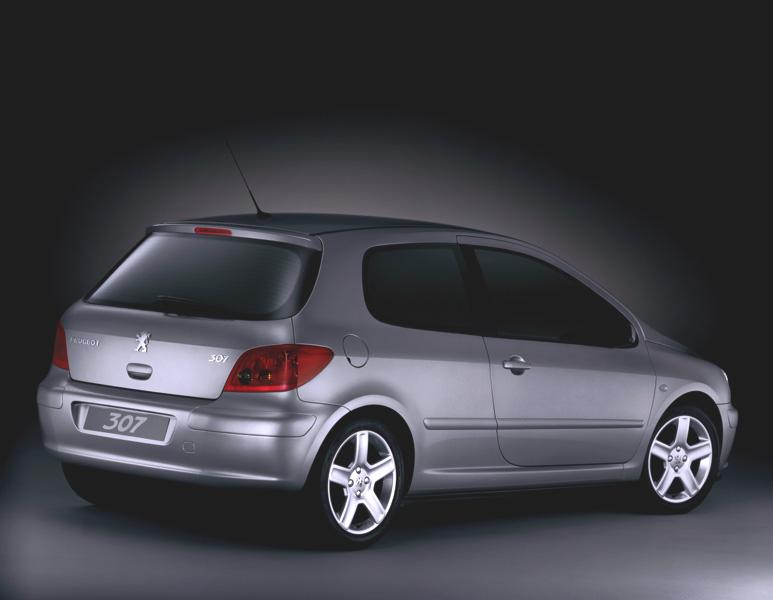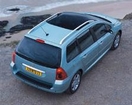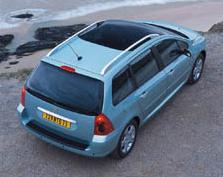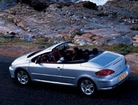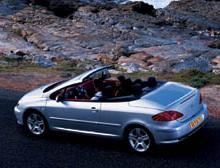Peugeot 307 Variant #6 – The Sedan
Each time Peugeot introduces the new generation of a model, it does so in stages with different bodystyles coming out progressively. With the 307, the range started with the 3-door and 5-door hatchbacks, followed by the SW and Estate and then the coupe cabriolet (cc). Now comes what is probably the final variant – the 3-box sedan. This sixth variant is to make its official debut at the coming Geneva Auto Salon and at this time, it seems that it is only meant for the China market.
Like other members of the 307 family, this model follows the blueprint for the 307 programme, which offers a new interpretation of each of the different silhouettes. Its length of 4.46 metres is generous with a remarkable capacity, while its boot is said to be the most spacious in its category.
The style of this new 307 is particularly uniform, fluid and dynamic. Following the principle pioneered by the 307, this new version offers a choice of no less than five interior trims, to satisfy the requirements for personalisation of a particularly demanding customer base.
This 307 saloon will be available with two petrol engine choices – 1.6 litres (80 kW/110 bhp) and 2.0 litres (100 kW/138 bhp), each of which is available with a manual or automatic gearbox.
Production of the 307 Sedan in China will start from mid-2004. Besides China, the 5-door hatchback variant will also be produced in Argentina from early 2005 and to date, almost 1.5 million units have rolled out of the two factories in France. Production and marketing of this model are the result of the agreement signed in October 2002 between PSA Peugeot Citroën and Dong Feng Motors.
This agreement was followed by the announcement, in January of this year, of an expansion of the Dong Feng Peugeot Citroën Automobiles plant, the annual capacity of which will be increased from 150,000 to 300,000 units in 2006, and which, after the 307 saloon – from 2005 – will produce the 206. The sales target of this new 307 for the year 2004 is 15,000 units, rising to 50,000 units from 2005.




